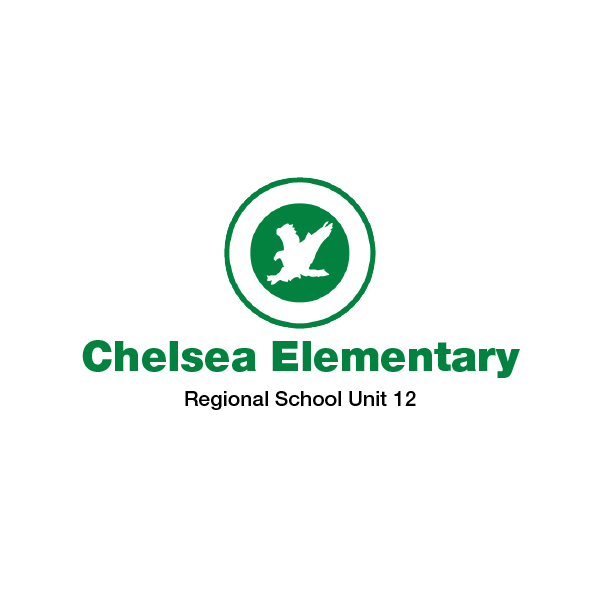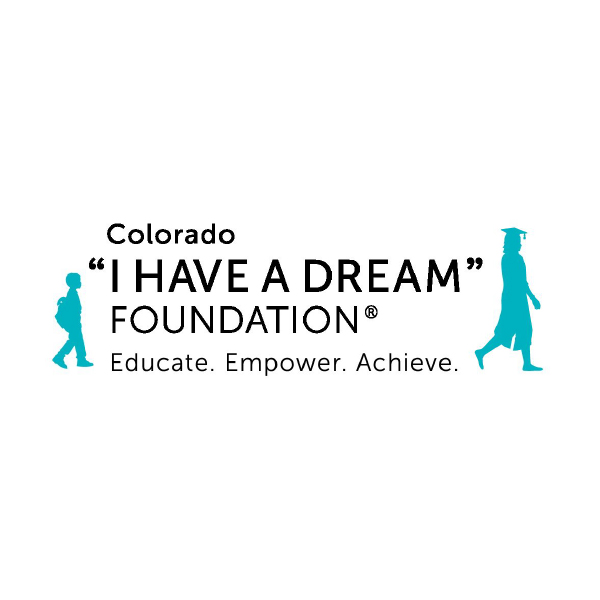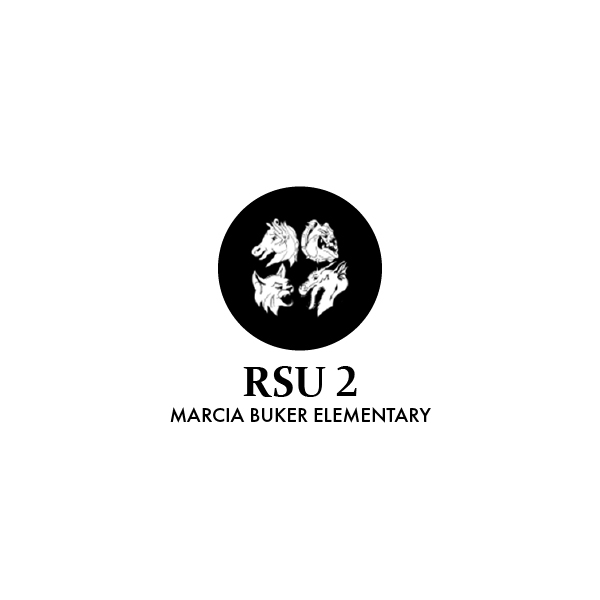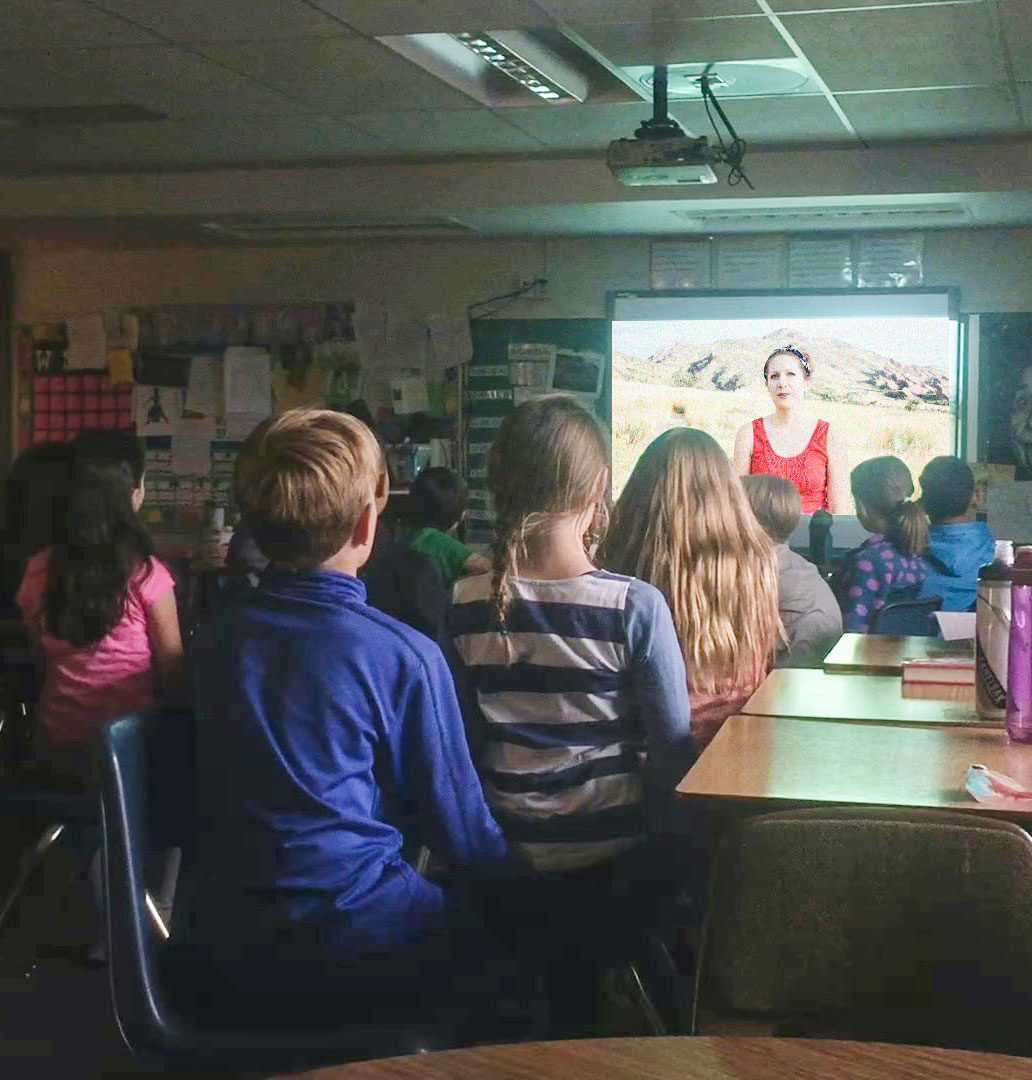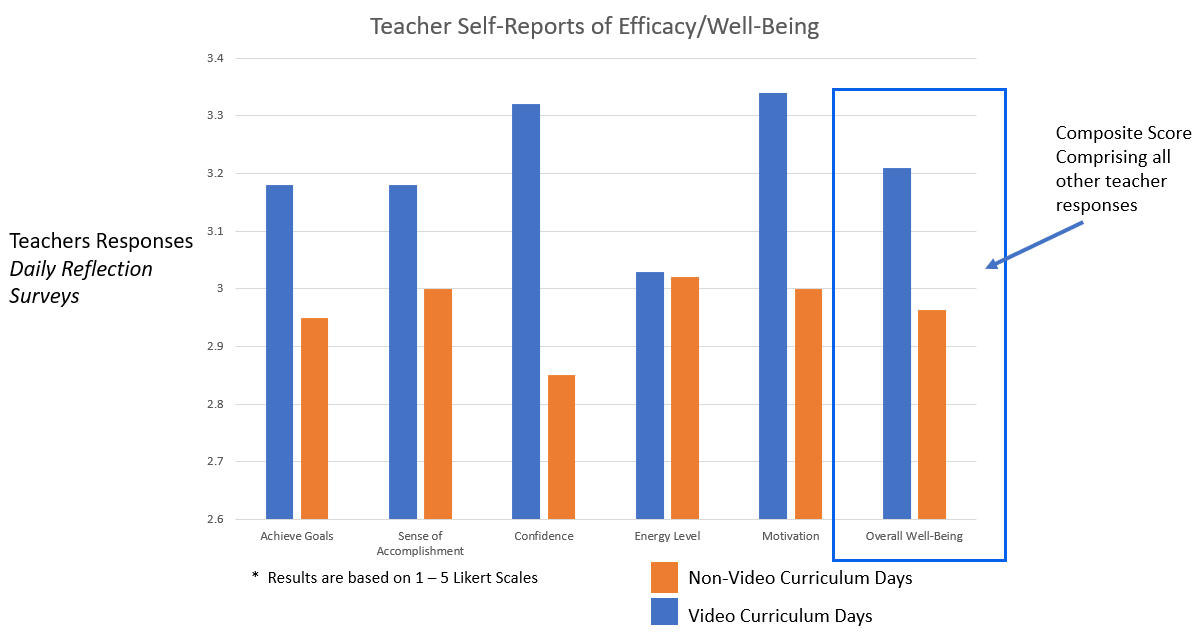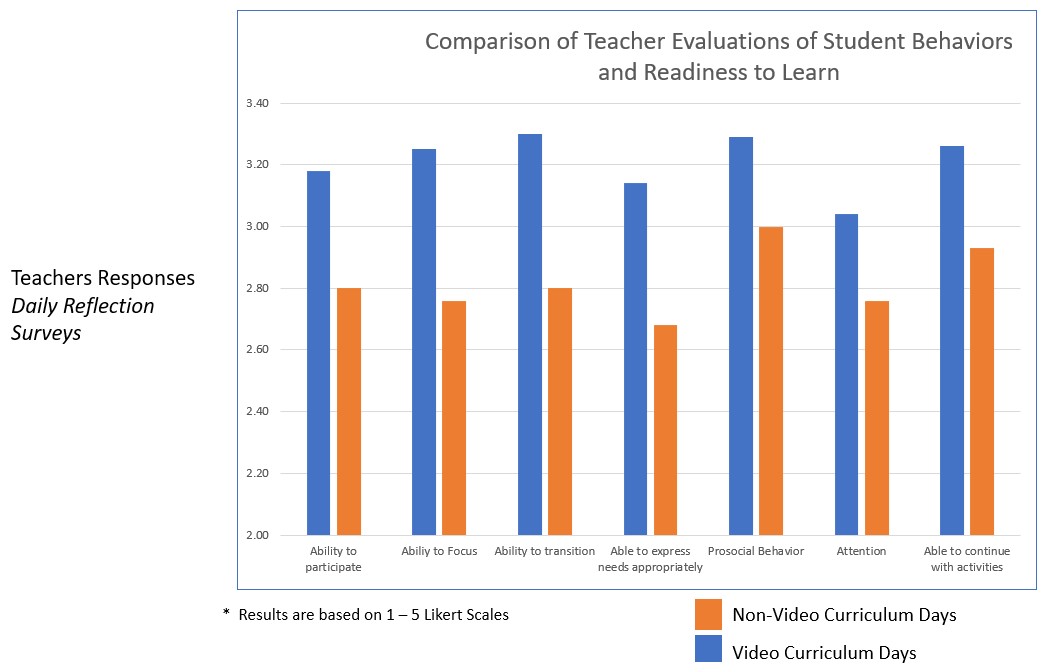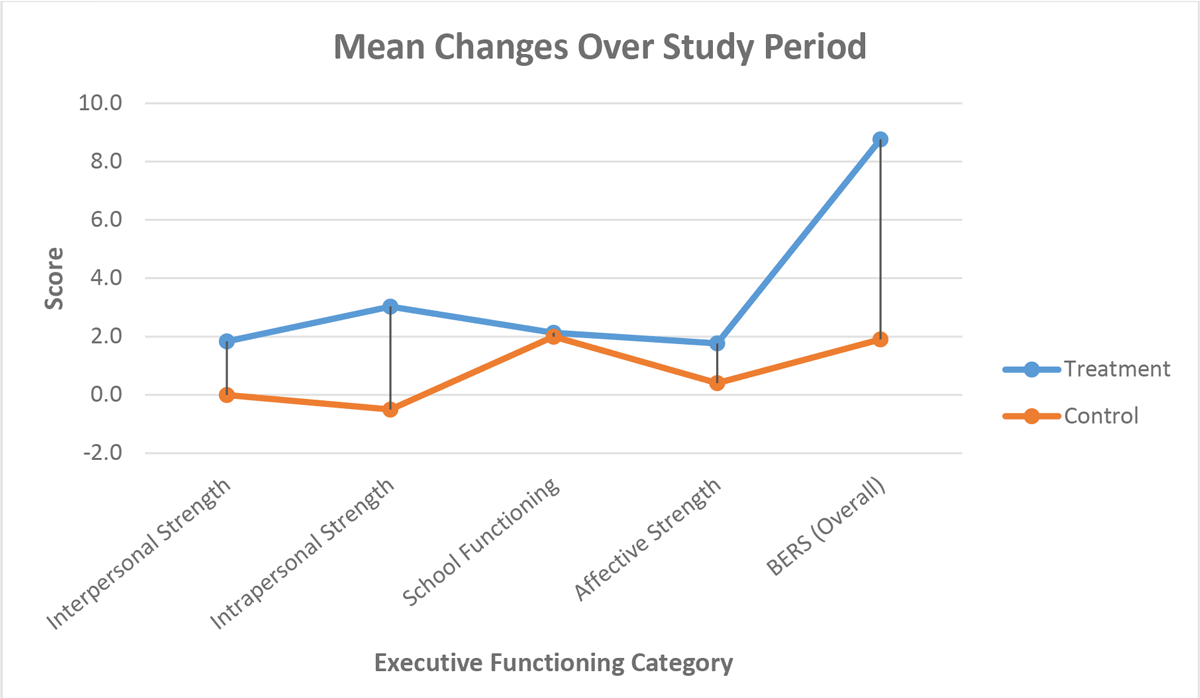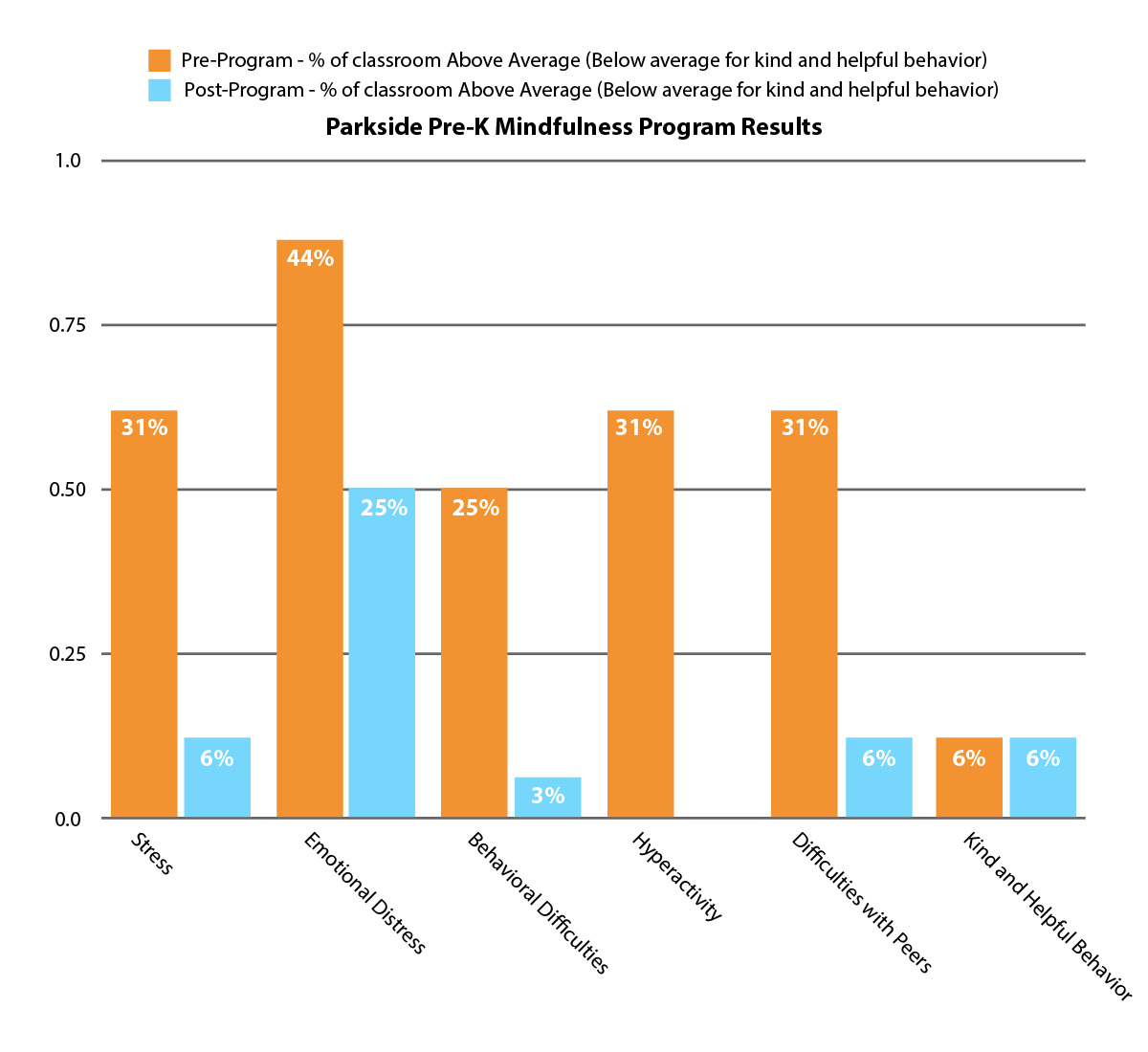No one self-regulation tactic is right for every child or every situation.
That’s why all Roots Up videos include a repertoire of research-backed self-soothing strategies.
Our stress-relief videos are loved by children and caregivers alike at over 25 organizations.
All facilitators have to do is press play
Teachers, social workers, and program facilitators don’t need to be familiar with yoga, mindfulness, deep breathing, or guided imagery to use our videos successfully.
Roots Up facilitators just press play. And they often participate alongside the children they serve, so they can take 5 minutes to self-soothe, too.
Read our case studies below to see their results.
I have never been a ‘yoga’ person so was a bit hesitant to try. You made me feel super comfortable and I learned so much in a short time.”
“I love Julie’s videos! I think they are a really unique balance of movement, focus, and grace.“
Teachers, after a professional development workshop at Falmouth Elementary School
PORTLAND, MAINE
Improving children’s readiness to learn and behaviors, and reducing teacher overwhelm at Riverton Elementary
CONTEXT
OUTCOMES
Overall, aggregated data were compiled from all days when the video curriculum was used, compared with days the video curriculum was not used, resulting in:
One of the big topics that some students struggle with is recognizing how their body responds when feeling strong emotions. We work to teach them to recognize patterns in breathing, heart rate, brain chemistry, and other signs that our emotions might be getting out of control… The videos Julie provides combine breathing techniques, physical movement, and visual guided relaxation all with the goal of focusing students’ attention on their minds and bodies and calming down when feeling deregulated. They are easy to use and require zero teacher prep… We’ve seen these videos as beneficial to all students, and students themselves are also recognizing the positive impact the videos have had.”
Celeste Libby, Nicole Casasa-Blouin, and Heather Ouellet, 4th Grade Team, Riverton Elementary
From the beginning, the efforts to introduce the video library had the goal of being integrative—not simply a “plug and play” resource to fill time, nor an intrusive or obligatory curriculum change that might create additional burden for teachers. Therefore, prior to initiating the Wellness curriculum, Julie Campilio worked closely with the Principal and teachers to establish a clear picture of what teachers felt they needed within the broader scope of the schools’ SEL programming—taking into account availability of time, classroom structure, their own pedagogical goals, and how best to make use of the curriculum within their classroom.”
Dr. Bruce Thompson, Professor of Psychology – Human Development, University of Southern Maine
PORTLAND, MAINE
Chris Salamone, Licensed Clinical Social Worker, explains how his school used Roots Up as part of a self-soothing program for children who survived traumatic events:
“When I first met Julie, I had just started in a school that had 130-150 newcomers who had just arrived, escaping a civil war.
They came across the ocean, had to travel up through the rainforest jungles in Brazil, up through South America, and then got to the American border, and ended up in Portland, Maine.
And then they ended up in our school.
Many of these kids had been through and seen things that no one should have to see, never mind a kid who’s 5, 6, 7, or 8 years old.
So when they came to school after that kind of experience, they were expected to sit quietly with their feet flat on the ground, listen to a teacher talk, take in that information, make sense of it, process it, and meet the demands of American school — which is really based a lot in conformity, when conformity was not what they needed to do in order to survive.
So, they were not really ready to be in school.
We had a lot of kids who couldn’t sit still. Their bodies were moving about physically, just impacted by the amount of stress that they had been under for a long period of time.
We wanted to put a program in place that could help those kids in particular, but alongside all the kids in the school as well, learn to get calmer, have a more positive outlook, and let some of their fears go of things that had happened in the past.
And so Julie came in and did a training for the staff, provided videos, and she did work directly with a lot of the students, as well…
And each of the teachers then, at least once a day, were putting one of her videos in and practicing with the kids how to relax your body, get focused, get in a more positive frame of mind, and let some of your fears go.
And when we started doing that, we noticed a dramatic difference in the climate of the school.
And of course, it wasn’t just Julie’s videos — there were other things that were going on as well. But, we do climate surveys in our schools to check in with kids about how they’re feeling about school and how positive they are. And when we started using her videos, the climate surveys were much more positive.
Julie did some research, too, with the University of Maine… We were able to show that our number of office referrals was down, and the number of kids who were more successful in classrooms was up.
There were a number of areas where we saw change in their ability to access school and be more comfortable in their own bodies and skin…
Overall, the kids seemed to be calmer, they seemed to be nicer to each other, and the teachers did notice that the kids were in a better place to learn.”
First thing in the morning, they come in pretty wound up and talkative so I bring them inside, and the video is the first thing we do. It calms them down and sets the tone and mood for the day…The videos helped establish better relationships with my students. Having my students see me do the videos with them — They trusted that we weren’t doing anything too weird…The videos have been really helpful. After taking a mindfulness training I didn’t feel comfortable leading all of it, so it was really nice having someone else teach it so I could participate too.”
Mike, Teacher, Greenwood Elementary
The results are great… One of the families wrote to me a few months ago to let me know that their son — a very busy and active kid, who in the past has had a hard time sitting still and focusing — had talked to them about how mindfulness really helps him calm down and focus. He told them he really feels better the days we do mindfulness, and he notices if there is one day when we don’t he feels more restless. Most my students do look forward to it! In terms of using it, it is so fantastically easy. The videos are very well thought out and the images, music, and instructions she gives are so clear and routine-oriented, but engaging as well. In any case, it works for me and for my classroom, it is a tool, and I personally believe in this type of training from a young age.”
Montserrat, 2nd Grade Teacher
DENVER, COLORADO
Improving overall quality of life for 28-year-old graduate students at Denver University
CONTEXT
OUTCOMES

Ocean Avenue Elementary School has been working on trauma-informed educational practices. One of these practices has been mindfulness. We had brought in speakers and have had other professional development that was well received. However, this did not translate into changes in the classrooms. When we began talking to Miss Julie and learning about her videos, it was a perfect fit… The teachers that started early were astounded by the difference in their students. Once other teams heard of the impact, they also wanted it for their classroom. This is how we met and exceeded our goal for implementation of this practice. We observe students using the mindfulness techniques spontaneously across settings at school.”
Dr. Beverly Stevens, Principal, Ocean Avenue Elementary School



